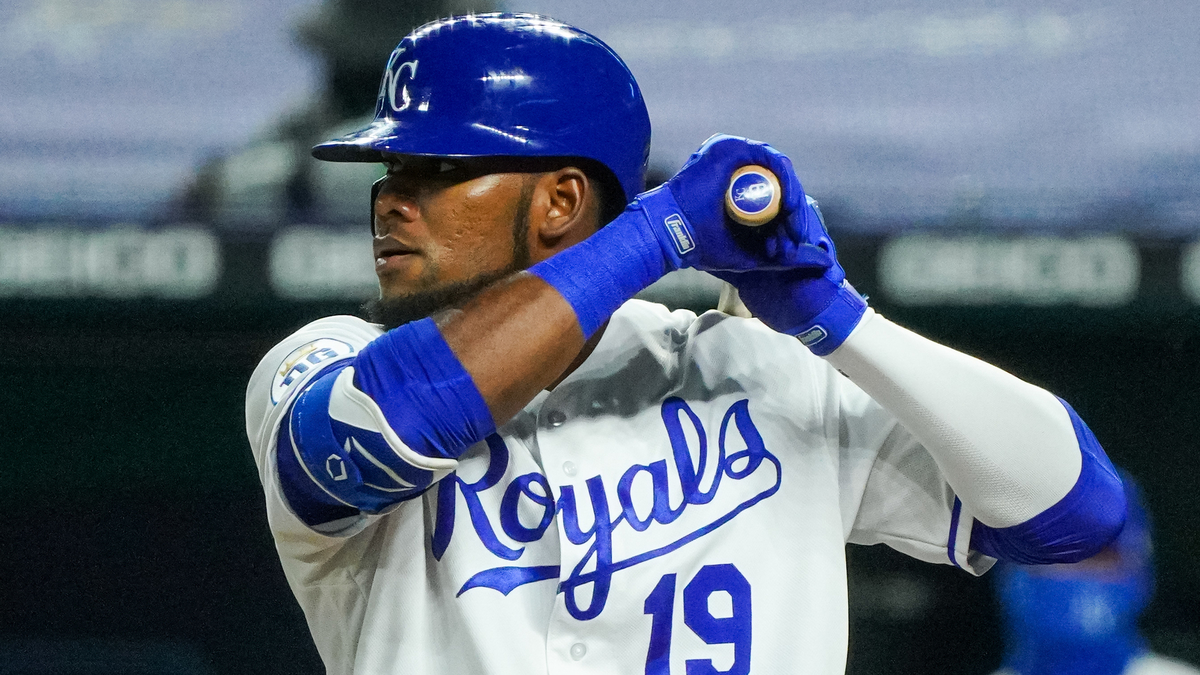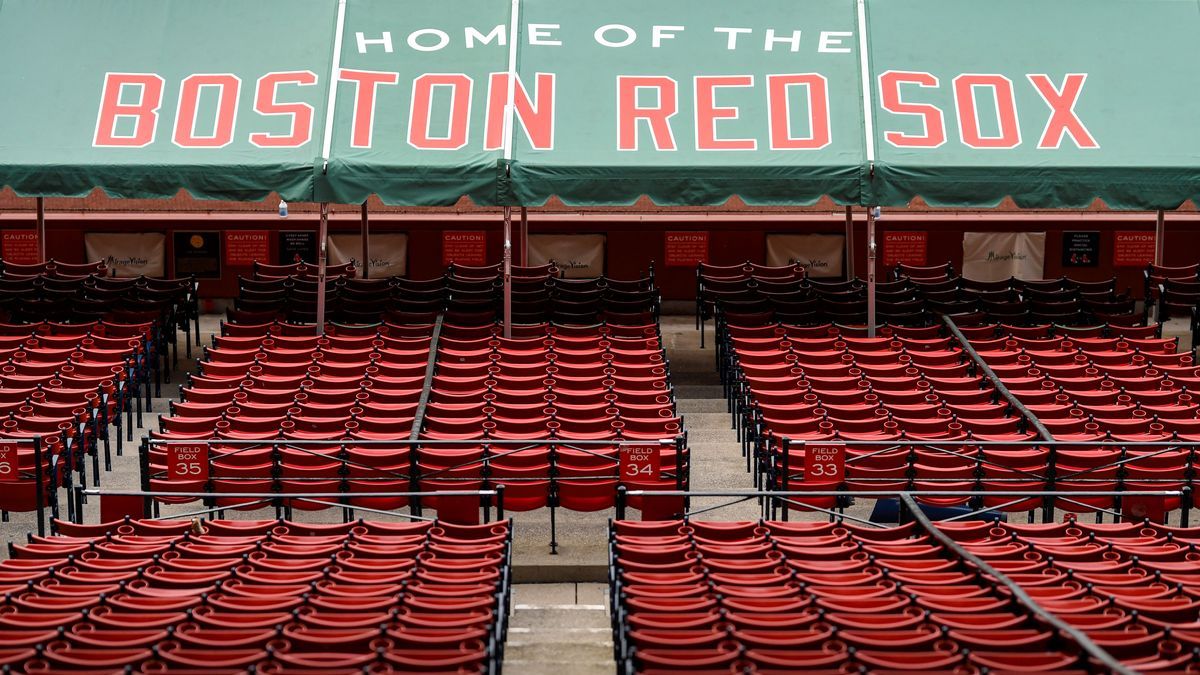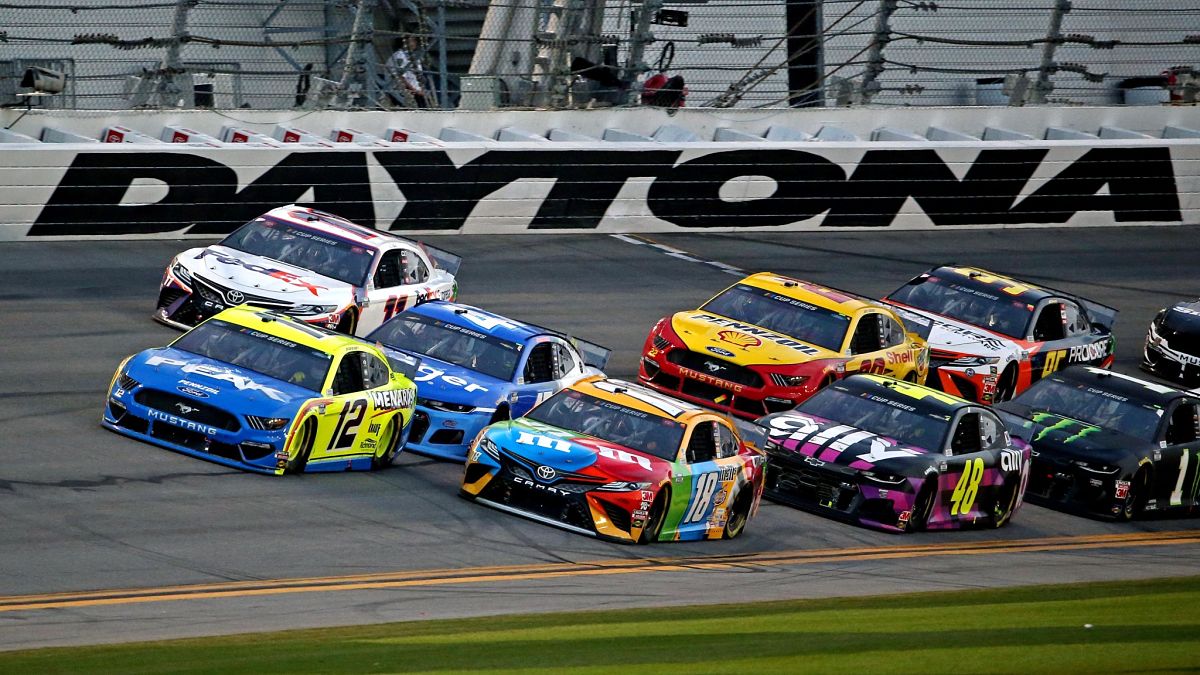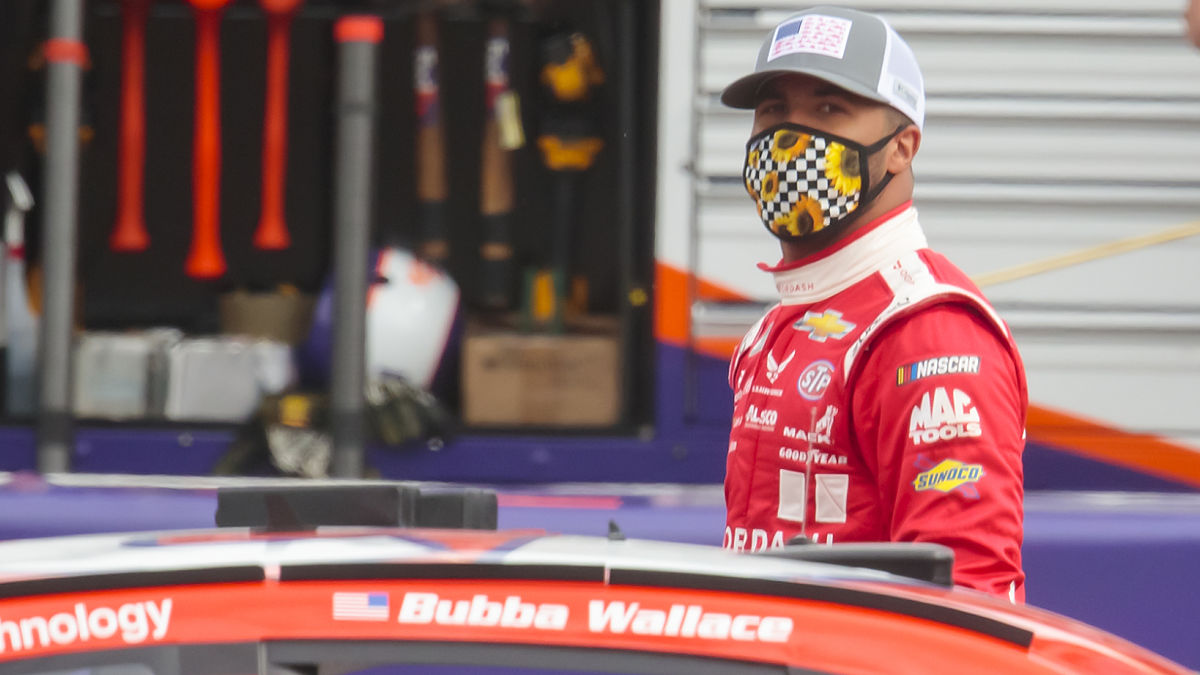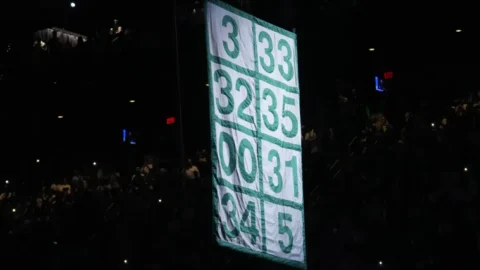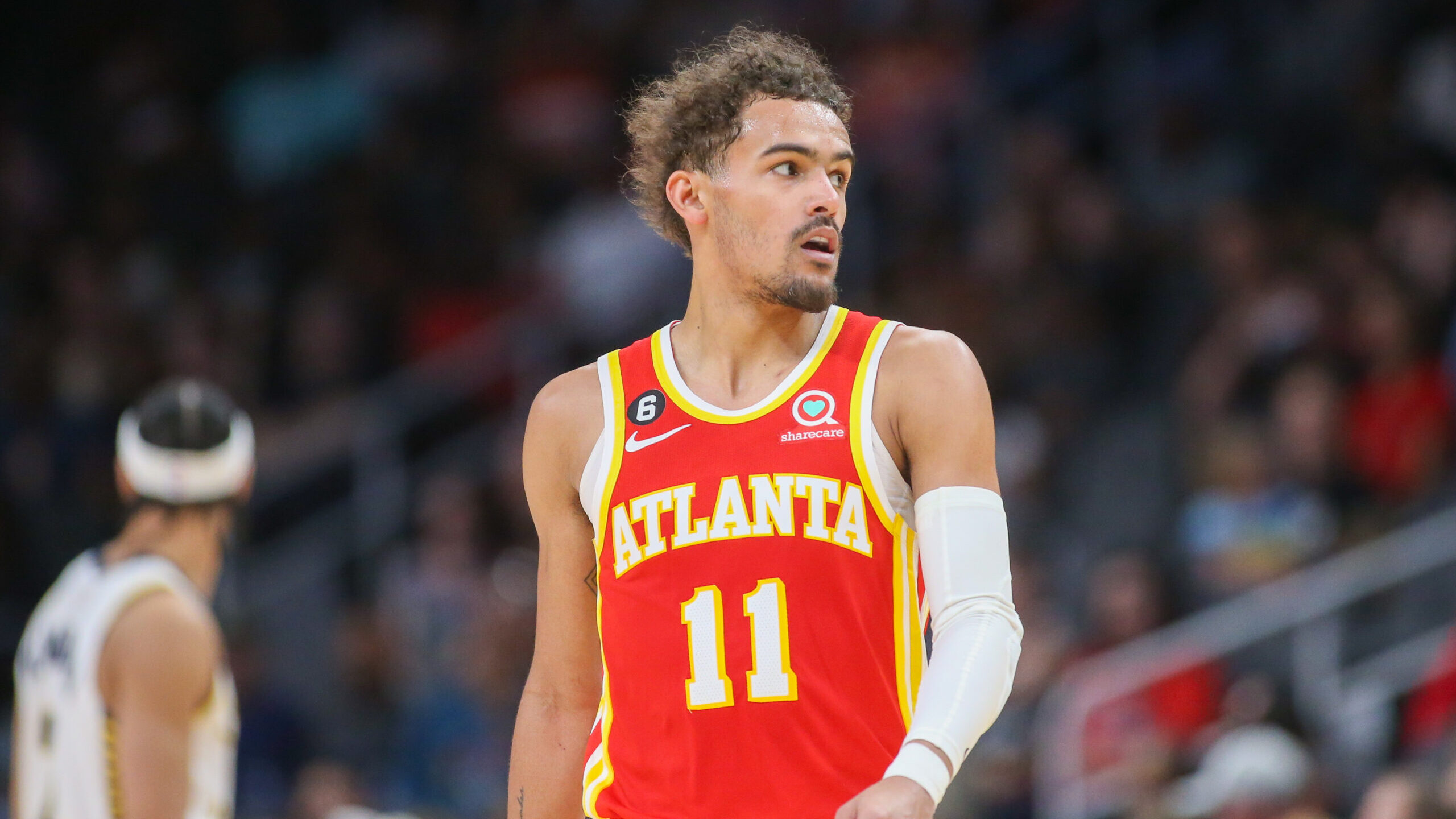Red Sox chief baseball officer Chaim Bloom acknowledged Wednesday night that trading outfielder Andrew Benintendi was a difficult decision.
Still, it was a move Bloom was comfortable making, based on Boston's return.
The Red Sox landed five players -- outfielder Franchy Cordero, minor league pitcher Josh Winckowski and three players to be named later (two from the Royals and one from the Mets) -- in the three-team deal sending Benintendi to Kansas City. (The Royals shipped outfield prospect Khalil Lee to the Mets as part of the trade.)
"I think with this type of move, a lot of this is about considering opportunities -- wherever they may come from -- to better address what we need to address long term, and to add depth and talent to the organization. In this deal, we felt we were able to do that in multiple ways," Bloom told reporters during a video conference late Wednesday night after the trade was announced. "Obviously, getting quite a few minor league players and also bringing in Franchy Cordero, who can step into the big-league level, who certainly has battled some injuries but whose upside, whose talent is as good as anybody on the field whenever he's on it and who we're optimistic can be a big part of this thing.
"We felt we were able to address a number of needs, and it puts us on good-enough footing going forward that it was worth swallowing hard and taking that painful step of trading a player who's really important to us and who's really talented."
Benintendi, the seventh overall pick in 2015, has flashed serious potential at various points in his Major League Baseball career, most notably in 2017, when he finished second in American League Rookie of the Year voting, and in 2018, when he finished ninth among all MLB outfielders in fWAR (4.4).
He's also still young enough -- Benintendi turns 27 in July -- that a bounce-back definitely is possible after two down years. Plus, he's under team control through 2022.
So, it's fair to wonder whether the Red Sox are selling low on Benintendi, who appeared in just 14 games in 2020 due to injury after experiencing a sizable production dip in 2019.
But again, for Bloom, those concerns were alleviated by the package the Red Sox received at a time when they're trying to enhance their organizational depth and replenish their farm system.
"Any time you're looking at something like this, I think a lot of it just comes down to where you set the bar -- at what point are you getting enough value, enough talent to make it worth making a move like this and parting ways with someone who, like I said, is really important and who has a lot of talent and who means a lot to the organization," Bloom explained. "In navigating interest in Andrew throughout the offseason, we had a lot of conversations internally about where to set that bar and what a return might have to look like. I commend our staff for -- seeing how this trade unfolded and the nature of it -- for spending a lot of time and a lot of effort thinking about it. Obviously a lot of different possibilities that could have happened. But at the end of the day, just our assessment of what we expect to come out with at the end of this when it's all resolved, we felt was worthwhile."
Cordero, who's also 26 but has far less big-league experience than Benintendi, undoubtedly represents the cornerstone of Boston's return, largely because he's expected to contribute right away and his upside, when healthy, is undeniable.
But as Bloom stated, the Red Sox wouldn't have made the trade without the other players involved. It's clear there's an emphasis this offseason, and beyond, on boosting Boston's prospect pool.
"We're blessed in this organization with the ability to build around players and keep players here for a long time when it does make sense for us to do that. We also know that, in the long run, any organization is going to be only as good as its pipeline," Bloom said. "That's true no matter what your market size is. That's true no matter what your payroll is. And that's something we need to address.
"So when these opportunities come up, you're always looking at those trade-offs, you always have to be looking for opportunities to add to that pipeline. Of course we're gonna add to it through the draft, through international signings, hopefully through picking up undervalued players and getting the most out of them with our development, both in the minor leagues and in the big leagues. But when we have an opportunity to jumpstart that process and add more to the pipeline, and also in doing so to get a major league player with a ton of upside, who has more (contractual) control than the player we're trading away and has the ability to contribute immediately in a lot of different ways on both sides of the ball, the sum total of that was just something we thought made sense for us."
Benintendi's contributions in Boston won't be forgotten. He formed an impressive outfield with Mookie Betts and Jackie Bradley Jr., and helped the franchise win a World Series title in 2018.
Sometimes, however, the best decisions in hindsight are the ones that prove most difficult in the moment. And the Red Sox made a tough decision Wednesday night with their long-term vision in mind.

